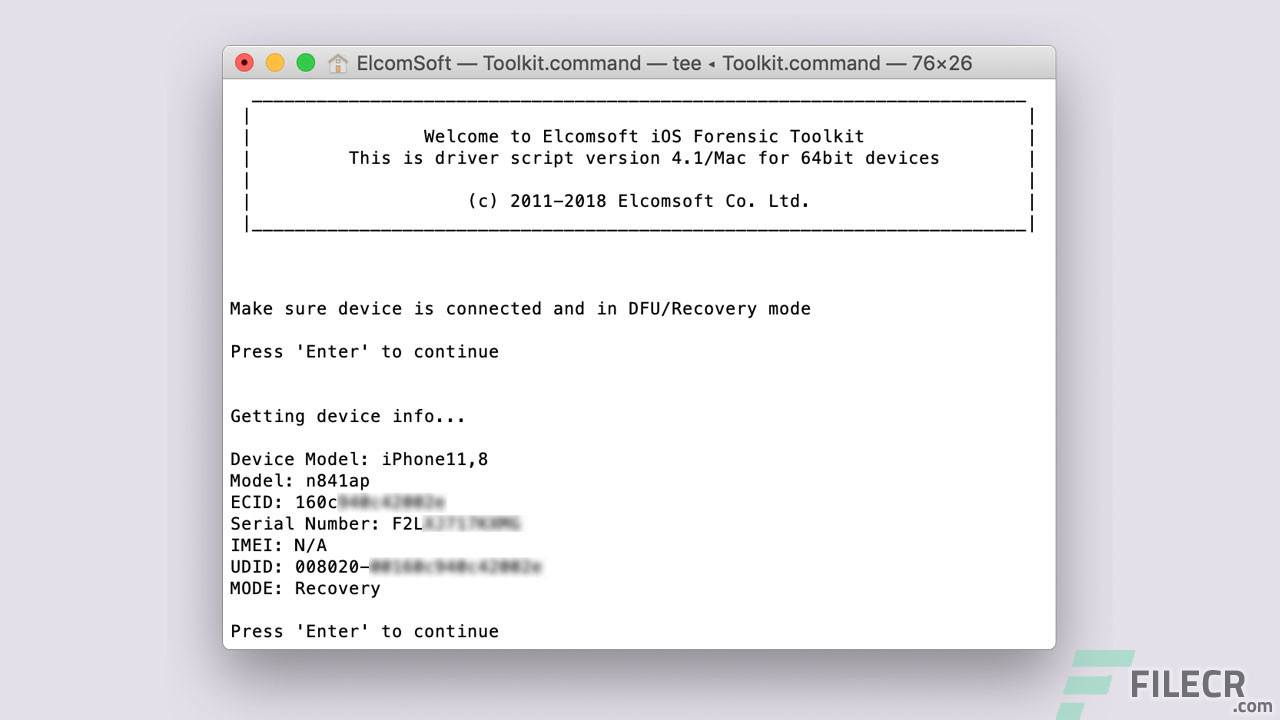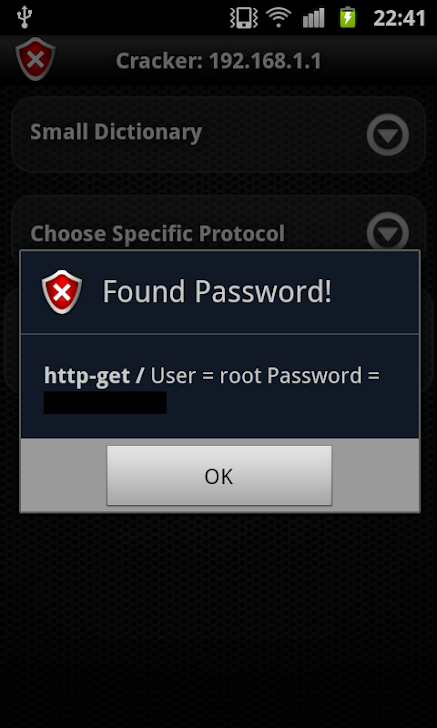

But if you know any 64 successive outputs of the algorithm for any given seed, you can reconstruct the internal state of the PRNG at that point and predict all future outputs, without ever knowing the seed. Mersenne Twister, for instance, produces excellent random numbers from a starting key, known as a “seed”.


→ A PRNG can offer high-quality randomness without being cryptographic. Stream ciphers are handy for general-purpose network protocols because they can encrypt a single byte at a time, rather than processing only fixed-size multibyte blocks, so input data never needs to be padded. XORing twice with the same value “cancels out”, because k XOR k = 0, and because p XOR 0 = p. To decrypt the ciphertext, you initialise RC4 with the same key, and XOR the ciphertext with the same stream of cipher bytes. It emits a stream of cipher bytes that are XORed with your plaintext to produce the encrypted ciphertext.
#Http toolkit cracked generator#
RC4 is a stream cipher, so it is basically a keyed cryptographic pseudo-random number generator (PRNG).
#Http toolkit cracked full#
Instead, the paper they’re working on (the full details aren’t out yet, as the researchers are still working with vendors on countermeasures) is known as AlFardan-Bernstein-Paterson-Poettering-Schuldt (AlFBPPS), being the authors’ names in alphabetical order. The researchers also decided not to give their attack a groovy name like BEAST, or Lucky Thirteen, claiming that “naming one’s attacks after obscure Neil Young albums is now considered passé.” So it’s the part of TLS they decided to attack. Indeed, according to the authors of of this latest research, RC4 is the cipher chosen for about half of all TLS traffic. The answer is that RC4 shouldn’t be around.Įxperts have recommended avoiding it completely, at least for any newly-written applications, for several years.īut replacing or banning RC4 in existing cryptographic implementations is a much trickier problem. So how can RC4 still be around for securing web traffic?” “RC4 has known flaws sufficiently serious that they blew apart the WiFi encryption system known as WEP. There are many ciphers to choose from: OpenSSL, for example, supports AES, Blowfish, DES, Triple-DES, RC4 and many more. Once both ends of the connection have secretly agreed on a secret key, the actual data you want to exchange over TLS is conventionally encrypted using a regular, symmetric cipher. You use your public/private key pair only when setting up a TLS connection, as a secure way to negotiate a random session key you can use with a symmetric cipher. The answer is that public key encryption is much too slow for scrambling all your network traffic, so TLS uses a hybrid approach. TLS relies on public key cryptography, based on public/private key pairs. “RC4 is a symmetric cipher, meaning that it uses the same key to encrypt and decrypt. Nevertheless, it reveals a deep-rooted problem in using the RC4 encryption algorithm to secure your TLS traffic. The attack they’ve devised doesn’t work against all possible ways that TLS can be used it requires you to capture somewhere between millions and billions of connections that all contain the same plaintext and it only works well for the first 200 bytes or so of the transmitted data. This time, they’ve done some severe damage. Cryptographers have once again put SSL/TLS (that’s the padlock in HTTPS) in their gunsights and opened fire.


 0 kommentar(er)
0 kommentar(er)
